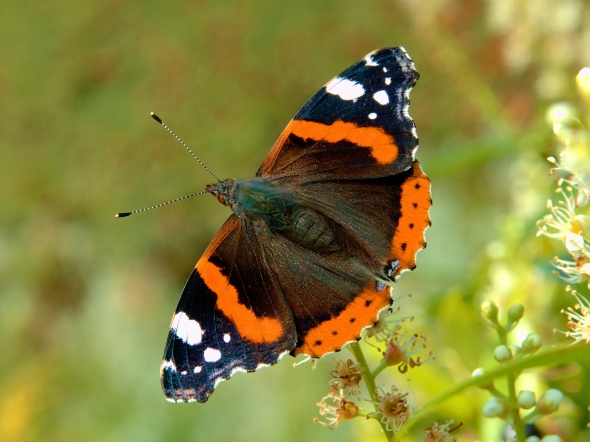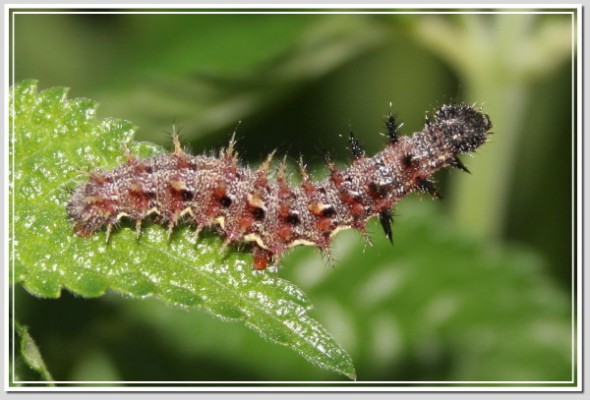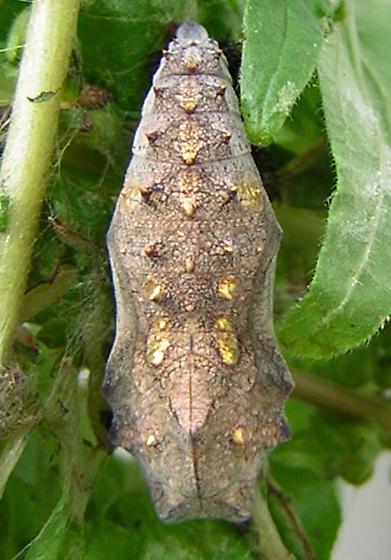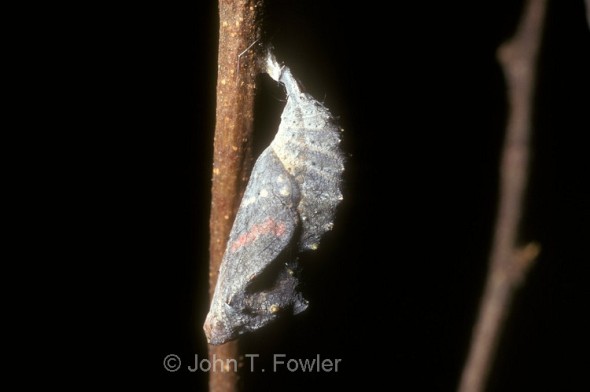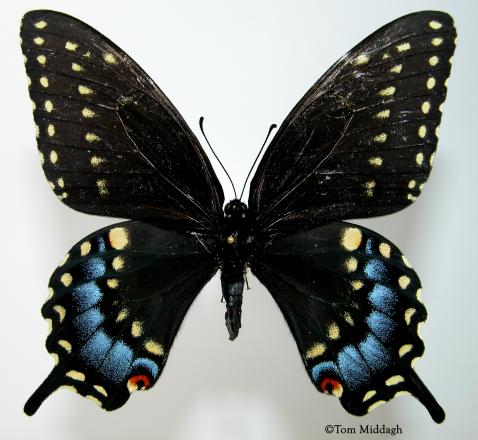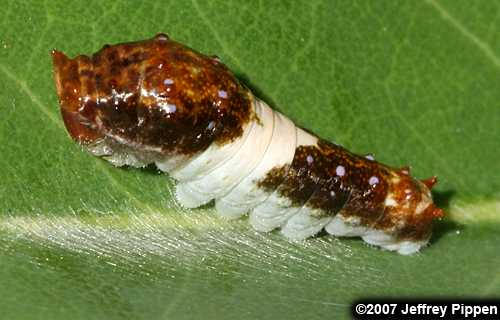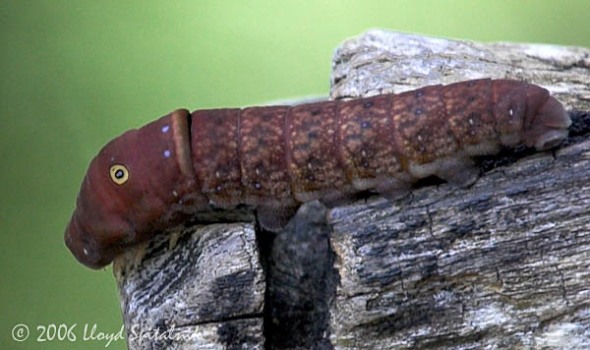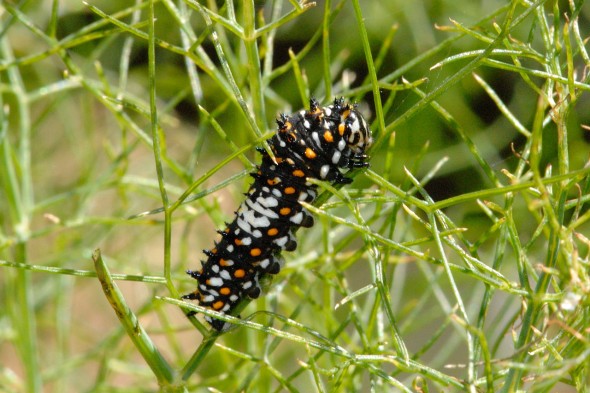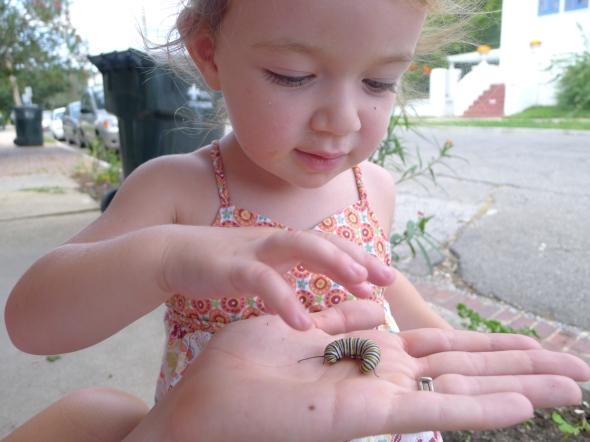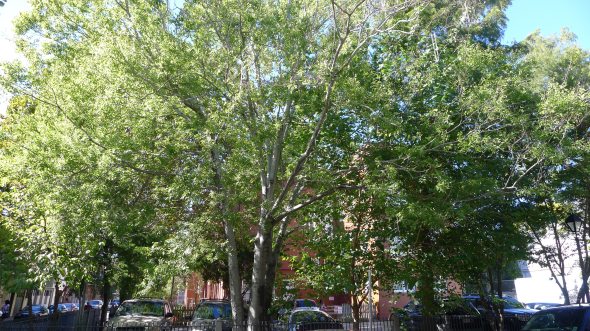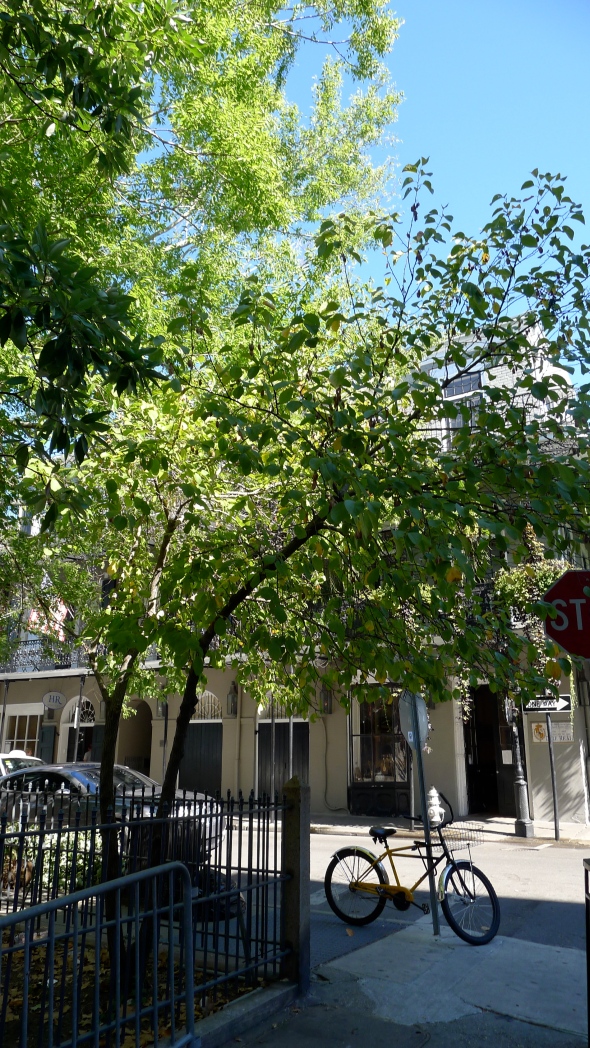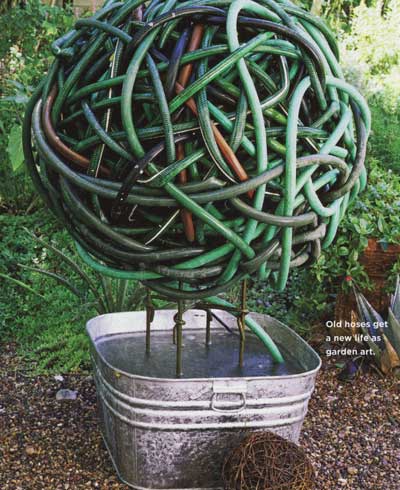A P R I L 2 0 0 0
On Transformation
In March of 1951, in the first year that Nabokov taught his Masterpieces of European Fiction course at Cornell, he included three stories involving transformation: Gogol’s “The Overcoat” (with his habitual hyperprecision he preferred to translate the title as “The Carrick”), Stevenson’s “Dr. Jekyll and Mr. Hyde,” and Kafka’s “The Metamorphosis.” Here he introduces the subject of transformation for his students.
— BRIAN BOYD
[Unpublished.]
THERE was a Chinese philosopher who all his life pondered the problem whether he was a Chinese philosopher dreaming that he was a butterfly or a butterfly dreaming that she was a philosopher.
All three stories [“The Carrick,” “Dr. Jekyll and Mr. Hyde,” and “The Metamorphosis”] are concerned with transformation, with metamorphosis. Who can explain the process in entomological terms?
Transformation … Transformation is a marvelous thing … I am thinking especially of the transformation of butterflies. Though wonderful to watch, transformation from larva to pupa or from pupa to butterfly is not a particularly pleasant process for the subject involved. There comes for every caterpillar a difficult moment when he begins to feel pervaded by an odd sense of discomfort. It is a tight feeling — here about the neck and elsewhere, and then an unbearable itch. Of course he has moulted a few times before, but that is nothing in comparison to the tickle and urge that he feels now. He must shed that tight dry skin, or die. As you have guessed under that skin, the armor of a pupa — and how uncomfortable to wear one’s skin over one’s armor — is already forming: I am especially concerned at the moment with those butterflies that have carved golden pupa, called also chrysalis, which hang from some surface in the open air.
Well, the caterpillar must do something about that horrible feeling. He walks about looking for a suitable place. He finds it. He crawls up a wall or a tree-trunk. He makes for himself a little pad of silk on the underside of that perch. He hangs himself by the tip of his tail or last legs, from the silk patch, so as to dangle head downwards in the position of an inverted question-mark, and there is a question — how to get rid now of his skin. One wriggle, another wriggle — and zip the skin bursts down the back, and he gradually gets out of it working with shoulders and hips like a person getting out of a sausage dress. Then comes the most critical moment. — You understand that we are hanging head down by our last pair of legs, and the problem now is to shed the whole skin — even the skin of those last legs by which we hang — but how to accomplish this without falling?
So what does he do, this courageous and stubborn little animal who is already partly disrobed. Very carefully he starts working out his hind legs, dislodging them from the patch of silk from which he is dangling, head down — and then with an admirable twist and jerk he sort of jumps offthe silk pad, sheds the last shred of hose, and immediately, in the process of the same jerk-and-twist-jump he attaches himself anew by means of a hook that was under the shed skin on the tip of his body. Now all the skin has come off, thank God, and the bared surface, now hard and glistening, is the pupa, a swathed-baby like thing hanging from that twig — a very beautiful chrysalis with golden knobs and plate-armor wingcases. This pupal stage lasts from a few days to a few years. I remember as a boy keeping a hawkmoth’s pupa in a box for something like seven years, so that I actually finished high school while the thing was asleep — and then finally it hatched — unfortunately it happened during a journey on the train, — a nice case of misjudgement after all those years. But to come back to our butterfly pupa.
After say two or three weeks something begins to happen. The pupa hangs quite motionless, but you notice one day that through the wingcases, which are many times smaller than the wings of the future perfect insect — you notice that through the horn-like texture of each wingcase you can see in miniature the pattern of the future wing, the lovely flush of the groundcolor, a dark margin, a rudimentary eyespot. Another day or two — and the final transformation occurs. The pupa splits as the caterpillar had split — it is really a last glorified moult, and the butterfly creeps out — and in its turn hangs down from the twig to dry. She is not handsome at first. She is very damp and bedraggled. But those limp implements of hers that she has disengaged, gradually dry, distend, the veins branch and harden — and in twenty minutes or so she is ready to fly. You have noticed that the caterpillar is a he, the pupa an it, and the butterfly a she.You will ask — what is the feeling of hatching? Oh, no doubt, there is a rush of panic to the head, a thrill of breathless and strange sensation, but then the eyes see, in a flow of sunshine, the butterfly sees the world, the large and awful face of the gaping entomologist.
Copyright © 2000 by The Atlantic Monthly Company. All rights reserved.
The Atlantic Monthly; April 2000; Nabokov’s Butterflies, On Transformation – 00.04; Volume 285, No. 4; page 54.


